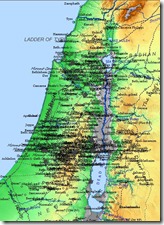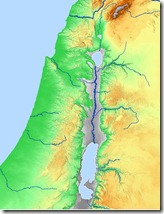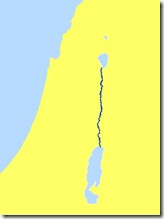Memorizing lists can be difficult and frustrating.
All of us have some recollection of repeating a list of things over and over in order to remember them. When we do finally get the list by heart, we tend to forget one or more of the items a short time later.
Most people have to train their brain to memorize lists.
There are lots of mnemonic techniques that can assist. Rhyming, alliteration and funny mental images are frequently employed by memory specialists. I remember one man sharing about how to memorize peoples names telling the audience to picture a quiet cow skiing. The name
Kwiatkowski is pronounced quiet-cow-ski.
These are learned techniques, though. Each one requires a set of skills and the discipline to employ them. There is a large gap between knowing about a memory technique and actually being able to use it effectively.
As lists get longer, they become exponentially harder to memorize.
A list of twelve strange names is fifteen times harder to memorize than a list of six names. Imagine memorizing the names dates and locations of hundreds of people and places!
I’ve written all of this, not to discourage you, but to offer an alternative. God wired our brains in such a way that we can remember things. The key is, we remember narrative and story quite vividly the first time we hear it.
Information stored in narratives are easier for our brains to recall.
My four-year-old son knows the names, numbers and relationships of over 50 different characters from Thomas & Friends. He knows their stories, where they’ve been and what they have done. This feat of memorizing happened during the enjoyable times of listening to me read stories to him, watching DVDs, and playing with his trains.
Bible names and places can be remembered by heart through the learning of the stories of the Scripture.
If you know certain stories you know certain names. Adam and Eve? That was an easy one. Ehud and Eglon? This one is a little harder. I’ll bet, though, if you heard the story one time, you would know immediately who they are and might even laugh a little bit as you recall the story.
Drawing out the locations of stories as simple maps will help you to be able to remember these places easily.
We will do a few of these stories and their maps together on this blog in the coming weeks.





